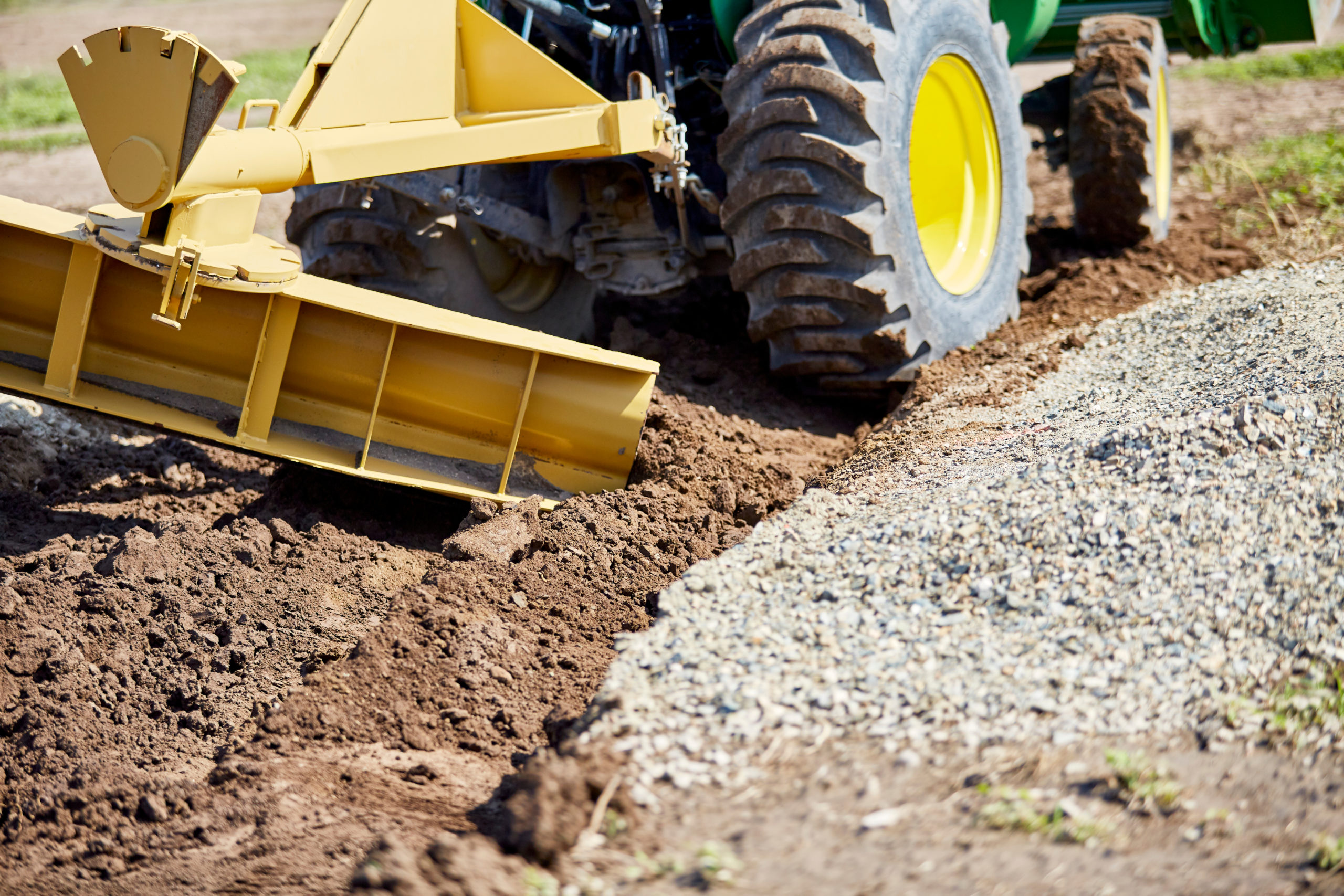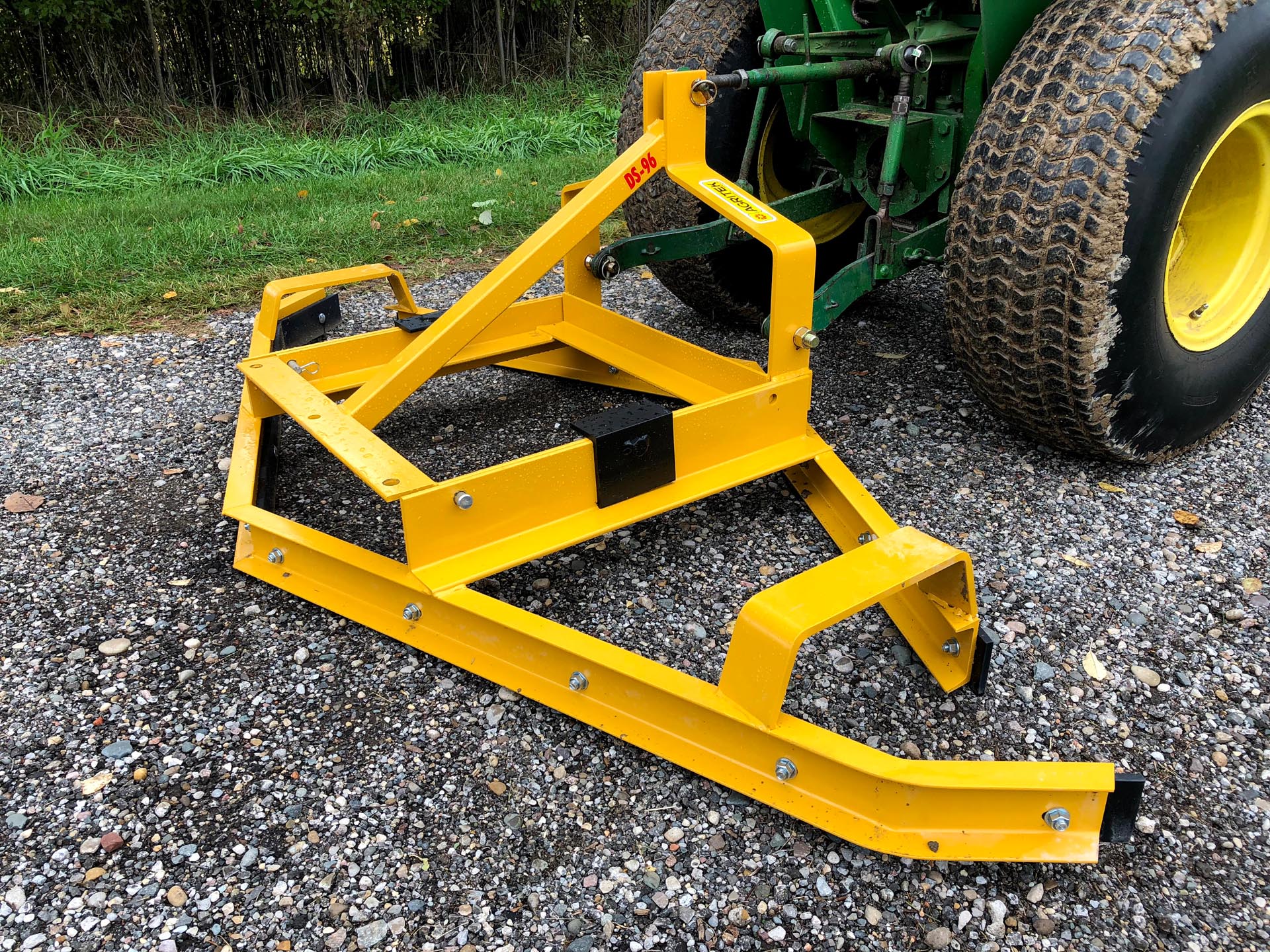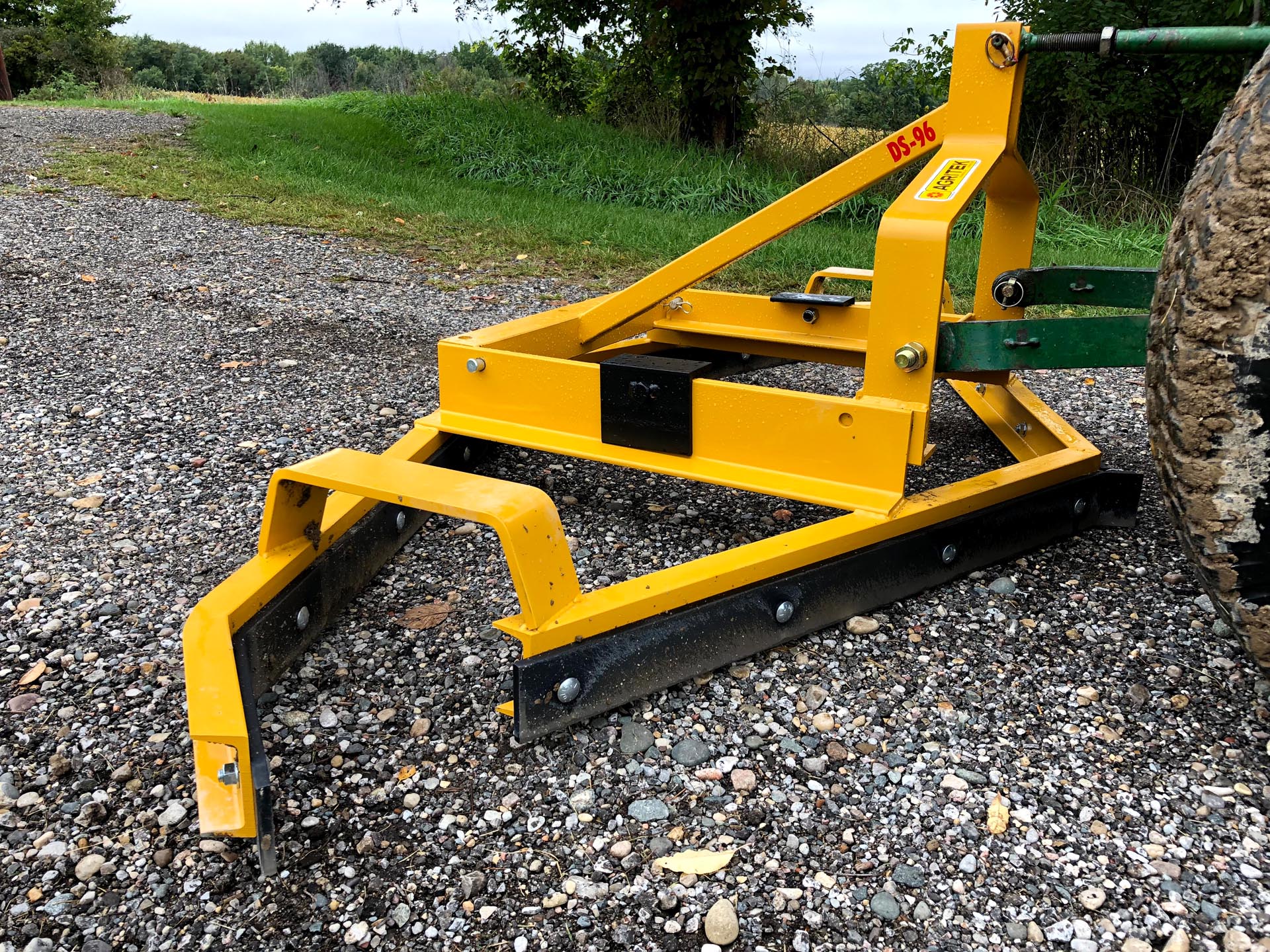
A steep driveway can be difficult to drive up and down every day for both you and your car. Ideally, a driveway shouldn’t be any steeper than a 12-15% slope, but when you live in a place with lots of hills, that’s not always possible. When your driveway is steeper than that, it can be difficult to maintain — and when your driveway is tough to maintain, that’s even harder on you and your car.
Luckily, there are some easy ways you can fix the problem without spending a ton of money. Your car is sure to thank you for it.
#1. Add Gravel
If you have a steep incline, a gravel driveway is going to work better than a paved one. It will provide more traction, especially in rain and slippery conditions. If you’re building a house and starting from scratch, gravel is the way you want to go.
If you already have a paved driveway in front of your home, installing a gravel one may be your best option. It’s not as attractive, but it’s better than having your car slip down the driveway.
Though gravel can erode as time goes on, this is a problem that’s easily remedied. Simply add more gravel when needed and smooth it out with a Driveway Scraper. If there are any low spots, the Driveway Scraper can easily smooth them out.
Considering it’s one of the cheapest driveway materials, gravel is the best way to go for those on a budget as well.
#2. Add Curves to Your Steep Driveway
Redesigning your existing driveway can also work if you’re dealing with a particularly steep one. You will have to do some significant reconfiguring, so it’s not always the cheapest option, but it is one of the most effective way to make a steep driveway more manageable, and longer-lasting.
Redesigning your driveway to have more curves can make descending to the street much more gradual and not such a steep drop. When you’re driving in the dark or during a storm, you’ll feel a whole lot better going up or down your driveway when it has a few more curves.
#3. Add Safety Barriers
If you’re worried about skidding off your driveway because of how steep it is, consider adding a safety barrier on either side of the path. If you happen to slide, the barriers can stop you before you slide too far and end up sliding into oncoming traffic.
You don’t necessarily have to have barriers along the edge of the whole path either. You can put them in the spots that make you the most nervous.
These barriers can be made of just about anything including stone, wood, brick, or even bushes. Whatever material you choose, this option is much cheaper than redoing your whole driveway.
#4. Add a Ramp
To reduce the steepness in different areas of your driveway, you can also add a ramp. Whether your driveway has gradually eroded over the years or there’s simply a natural dip that you don’t like, adding a ramp (or a gap ramp) can help fill in that space and make the drive a lot more manageable.
These ramps can be made of concrete, wood, or steel and you can either buy a premade one or hire someone to make one for you. It really depends on how much you want to pay.
You’ll also want to make sure there is a tread plate on the ramp so it doesn’t become too slippery.
#5. Invest in the Right Tools
No matter what, proper maintenance of a steep driveway is what will keep it as safe as possible. A steep driveway that no one has cared for is much more dangerous than one that is regularly maintained to remove potholes and ensure that the grade is as low as it possibly can be.
If you have a steep gravel driveway, the best tool available to you is the Driveway Scraper. Available in multiple sizes, it is easily attached to your tractor or mower to maintain that steep gravel driveway safely.
Fix your steep gravel driveway in no time. The Driveway Scraper from Agritek offers the robust, easy-to-use solution you need to get your driveway back in shape. Give us a call or contact us online to learn more.
The material and information contained on this website is for general information purposes only. You should not rely upon the material or information on the website as a basis for making business, legal or other decisions.




